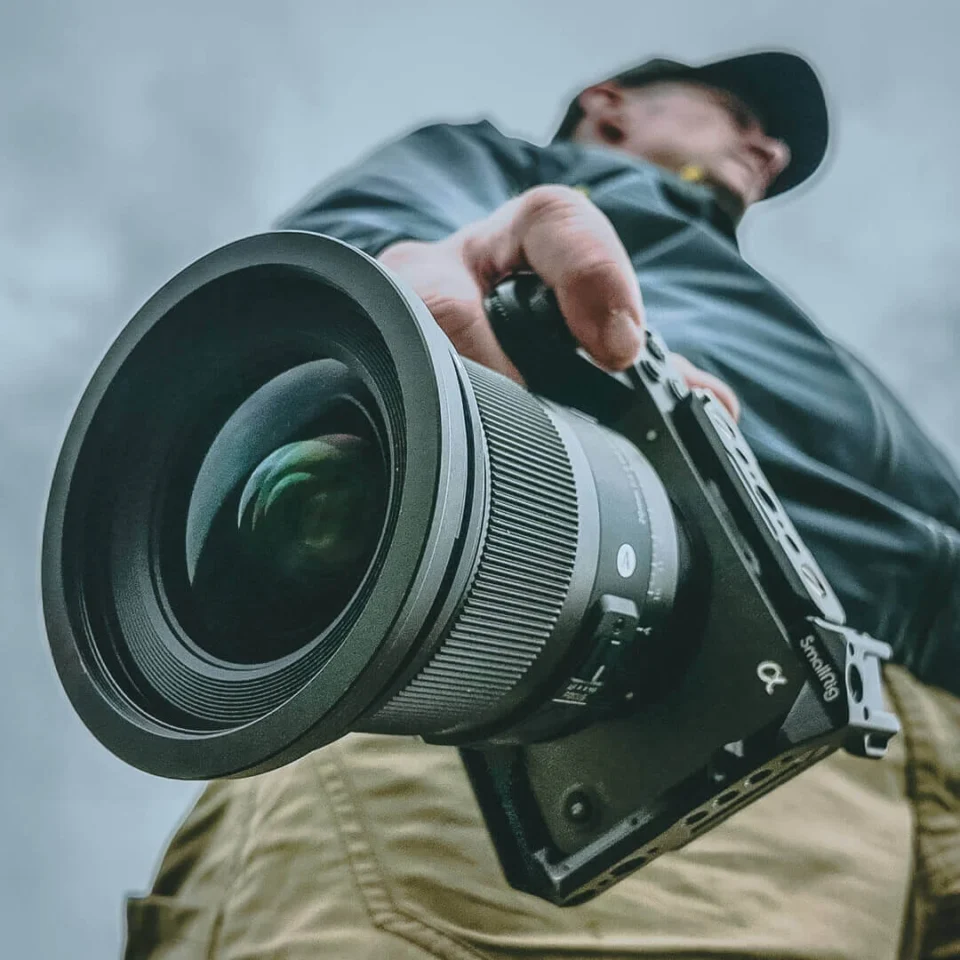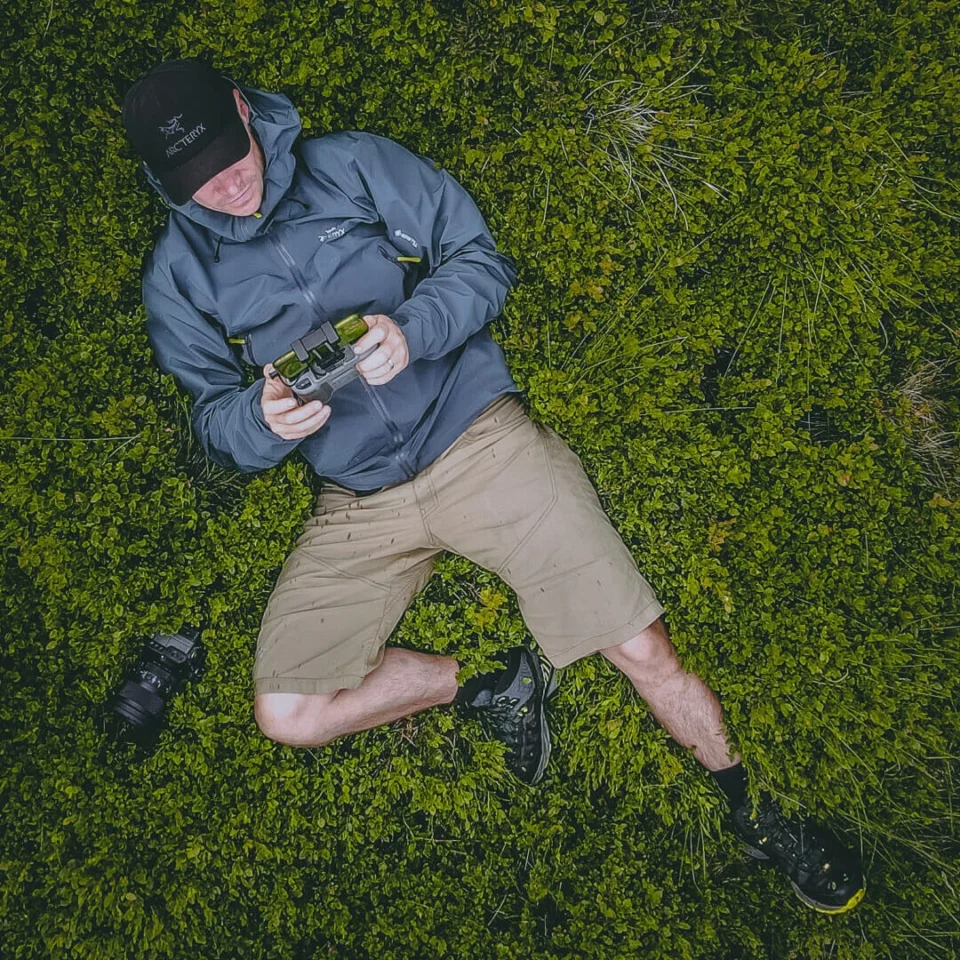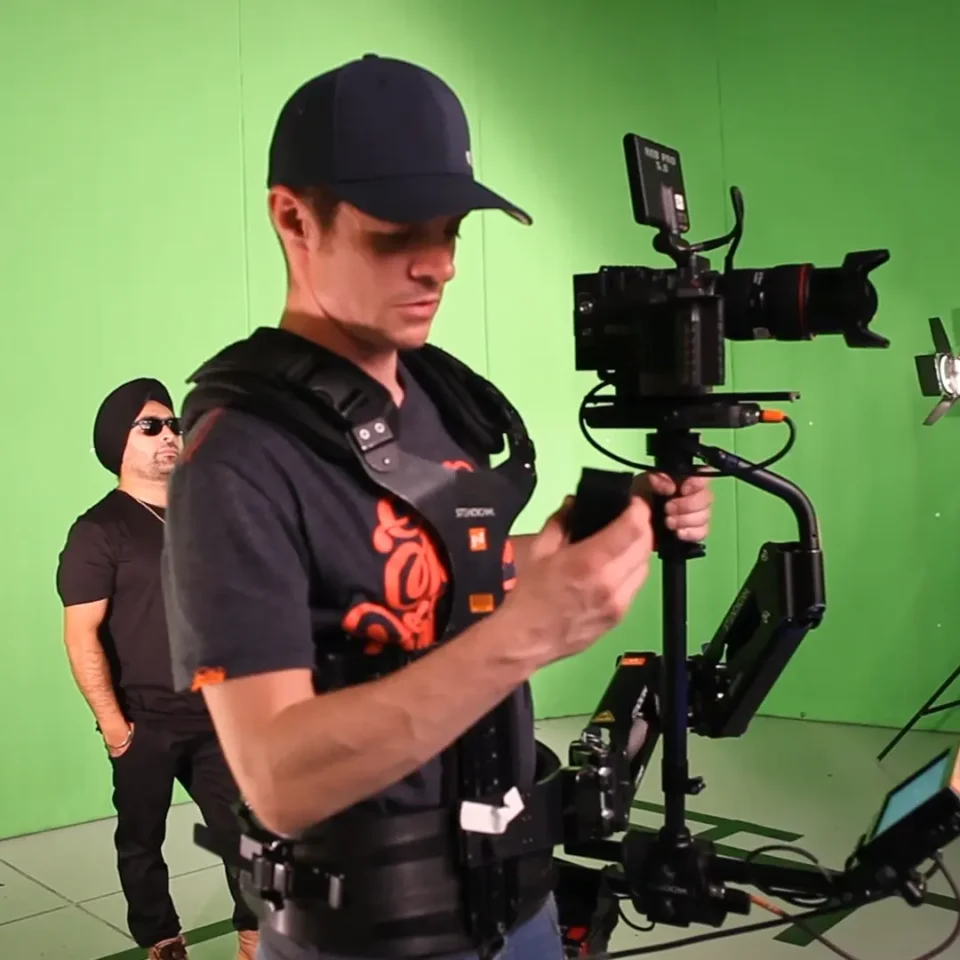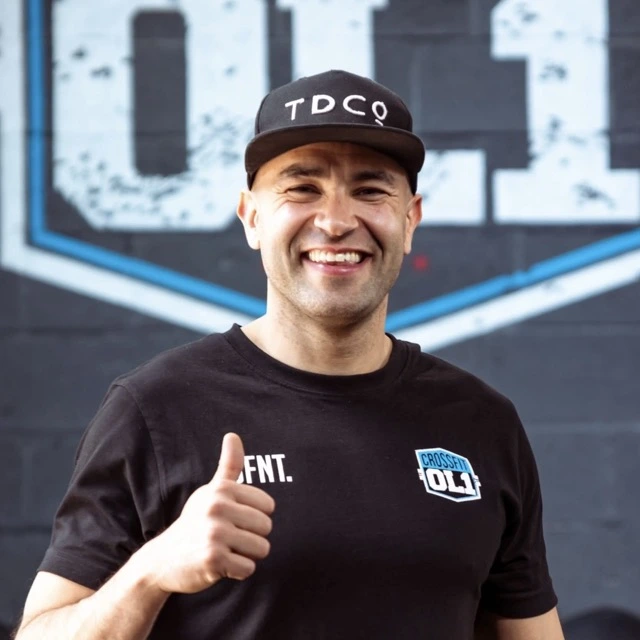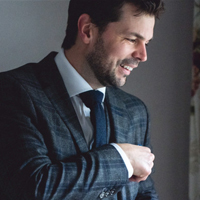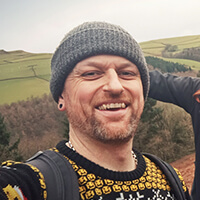About Motion Videos & Scott Green — An Award-Winning Motion Designer & Video Producer in Manchester UK
Find out about Motion Videos and meet Scott Green, its founder — a one-man studio crafting cinematic, story-driven video content for brands UK-wide and beyond.
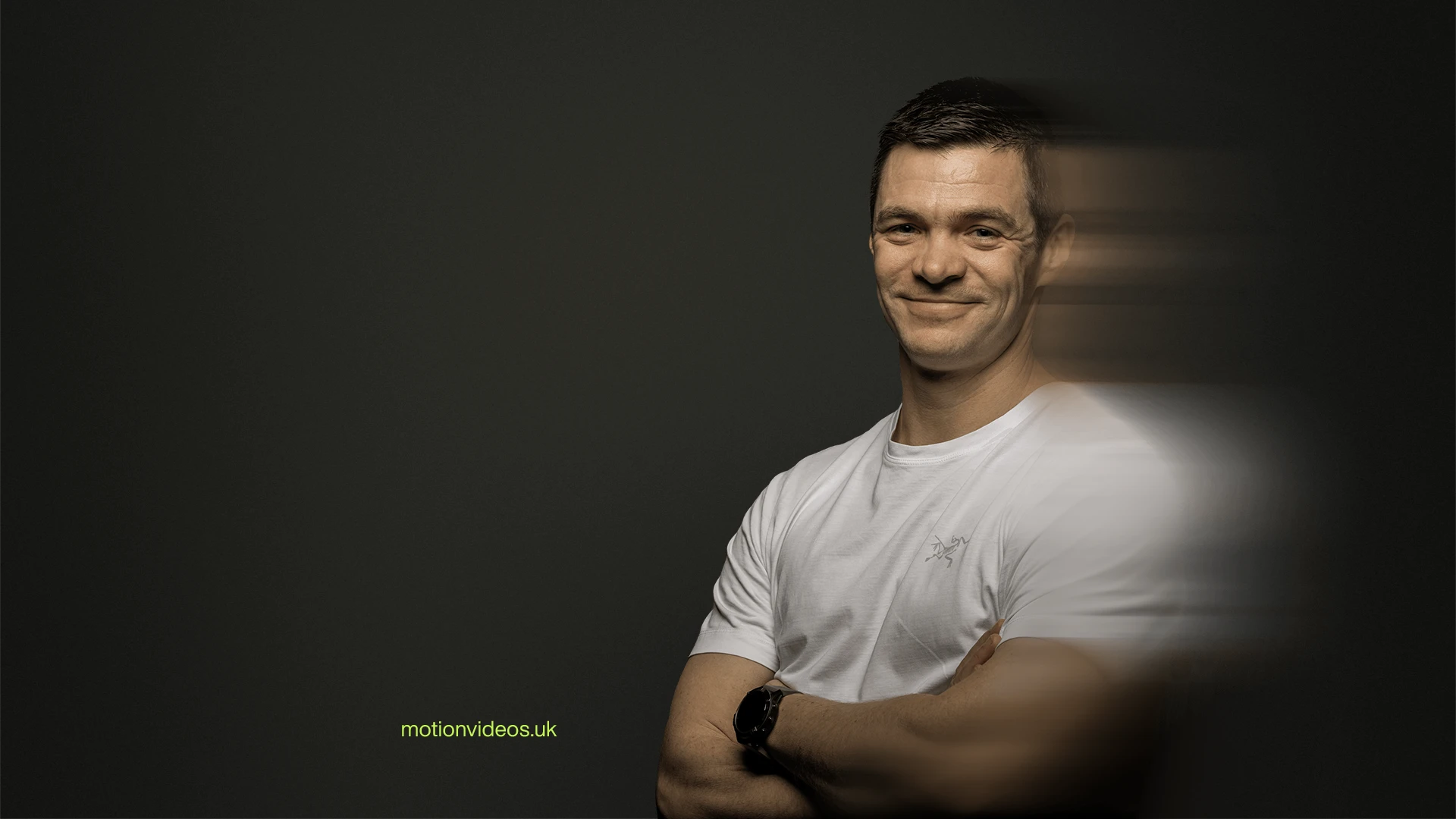
- Meet the Founder
Big Ideas.
Bold Visuals.
Built by One.
You’ve seen the work — sharp visuals, standout storytelling, always on point. But the person behind the scenes? That story’s stayed untold. Until now.
Hi, I’m Scott Green — a one-person creative studio, an award-winning motion designer, and the self-appointed Chief Movement Officer of Motion Videos. I’ve been pushing pixels for 30+ years, helping brands and agencies bring bold ideas to life — and this is where you finally meet the one who makes it all move.

